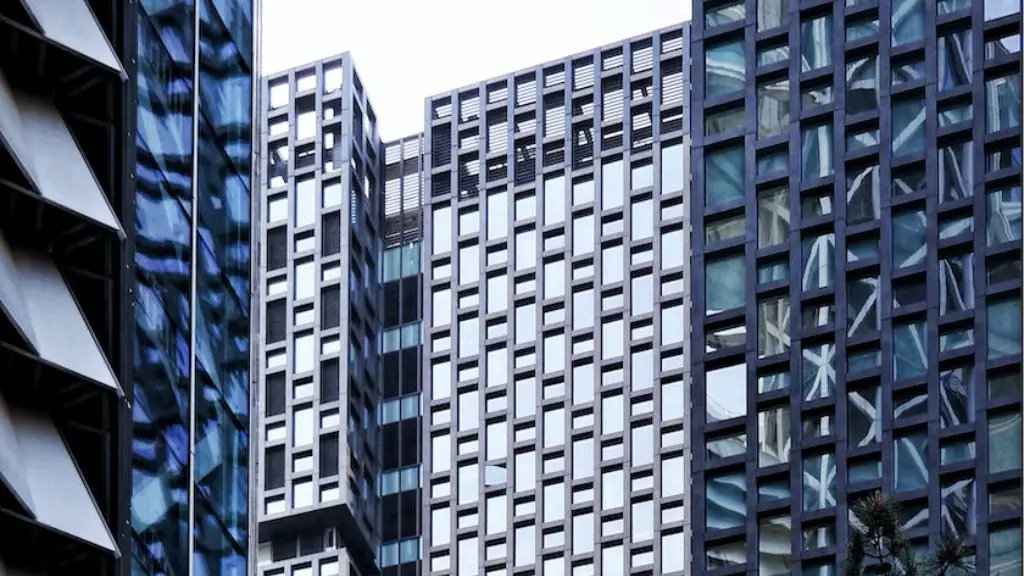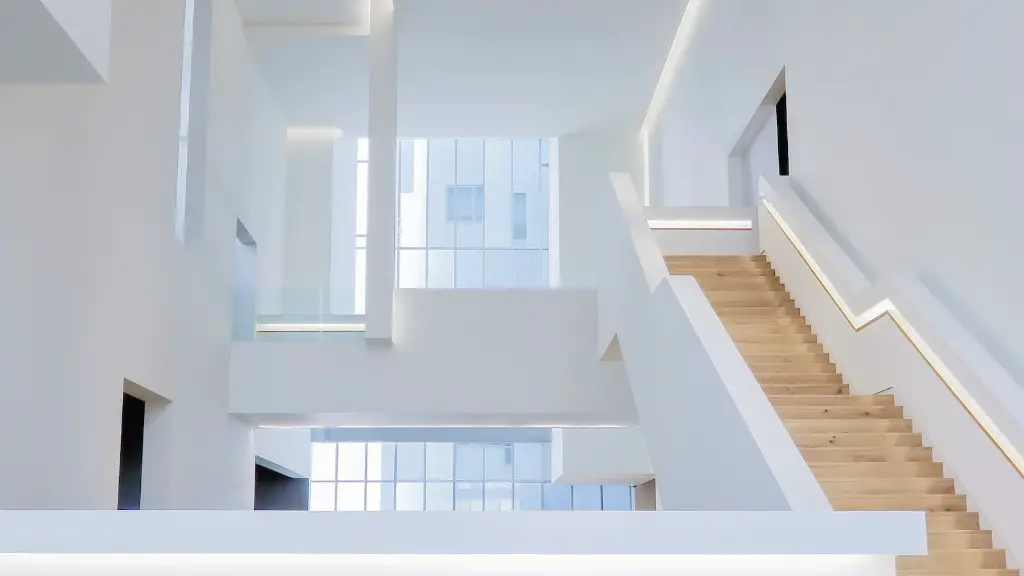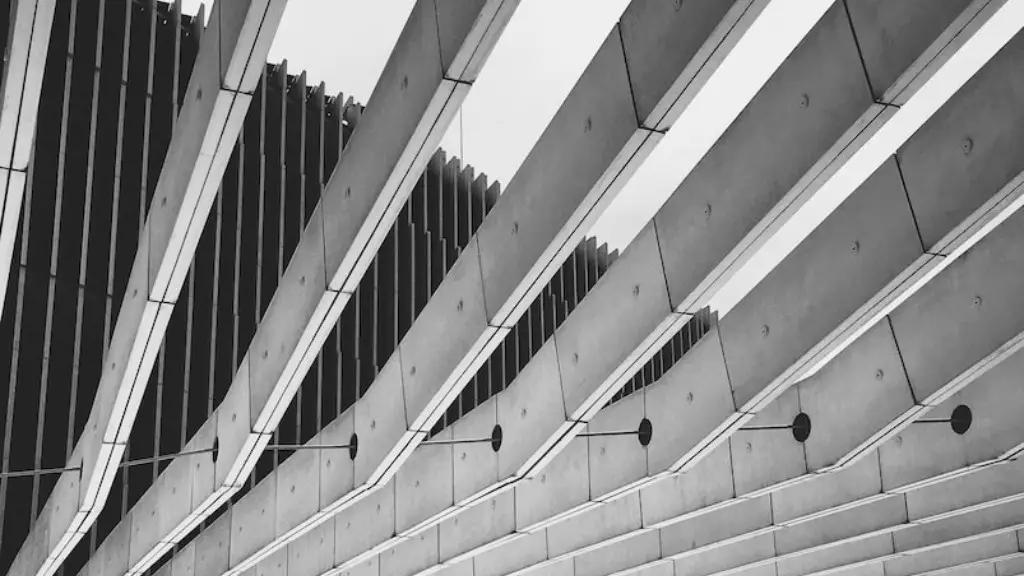Nature of Architecture and Community
Architecture has been called the physical manifestation of a people’s culture, and it serves as a vehicle for communication of the values and aspirations of a community. Throughout history, it has been used to protect and strengthen communities, acting as a focal point for citizens to gather and reverence their histories, beliefs and values. Within a local context, architecture can act to define public spaces, landscapes and cultural distinctiveness. On a larger, global scale, architecture can be used to influence socio-economic, political and cultural development, making it one of the most powerful tools available to societies, communities and nations.
Benefits of Architecture
The benefits of architecture are infinite. On the most basic level, architecture allows us to define the physical and psychological boundaries of an urban space, providing protection, visibility and identity. Its use affects the mental and physical performance of the people and communities it serves, transcending environmental and cultural factors. Beyond this, architecture also provides opportunities for creativity and interaction, transforming the way people live, work, learn and play.
Architecture is often seen as a ‘tool’ of power, acting to articulate and reinforce the values, beliefs and ideologies of those in authority. It can also be used to foster a sense of belonging in a community, and to improve the quality of life of its citizens. The design of public spaces, from parks to libraries, can be used to communicate messages of ‘community’, encouraging citizens to interact, build friendships and share experiences.
The Role of Architecture in Sustainable Communities
Architecture plays a critical role in promoting social and economic sustainability. Its design can actively contribute to the reduction of inequality by creating safe and well-structured public spaces. Buildings, such as schools and health centers, must be created with the intention of improving the lives of their citizens, promoting public participation and self-development. When communities are given the opportunity to make decisions about their environment, they can use architecture to build a sustainable future.
The principles of green architecture must also be embraced in order to create a clean and thriving environment. Buildings should be designed to reduce reliance on non-renewable energy sources, and to maximize efficiency in the use of natural resources. By doing this, architects can ensure that their structures are environmentally sound, helping to reduce air and noise pollution, as well as waste production.
The Impact of Technology on Architecture
Technology has had a huge influence on the architecture of our cities and communities. The development of computers and software has enabled architects to design complex buildings at a much faster rate, while also increasing the accuracy and precision of their designs. It has also opened up a world of possibilities when it comes to designing public spaces, from interactive digital displays in parks to user-friendly urban navigation systems.
The application of modern construction techniques, such as 3D printing and digital fabrication, has also allowed for faster and more cost-effective builds. Architects can now design and construct buildings in a fraction of the time it used to take, making them more immediately available for public use. Furthermore, these advancements have opened up a world of possibilities for research and exploration, enabling architects to be better informed and find new solutions to old problems.
public perception of Architecture
Despite the advances of technology, there is still a lack of public awareness surrounding the importance of good architecture. Most people are unaware of the positive impact that a well-designed structure can have on a community -from aesthetically pleasing curb appeal to increased economic investment. It is up to architects and designers to take on the challenge of educating citizens and opening up a dialogue that allows them to understand and value the power of good architecture.
Architecture has the potential to do so much more than simply providing shelter and safety. From inspiring creativity to promoting inclusivity, there is no limit to what can be achieved when we embrace the purpose of architecture and use its power to create a better world for us all.
Governance of Architecture
While the values that good architecture can provide a community are undeniable, there also must be a structure in place to ensure that these things are achieved. Governments, municipalities and community organizations must take part in the regulation of architecture and urban design in order to protect the safety of citizens and promote the responsible use of resources. Regulations must be set out at the regional, municipal and local levels to ensure the stability and continuity of architecture in a given area.
Furthermore, these governing bodies must prioritize public input during the development of these regulations, allowing citizens to take part in the decision-making process, and encouraging a sense of involvement in their communities. Doing so will ensure that the needs and wants of a community are taken into account and that the architecture of a region is used effectively and responsibly.
Innovation in Architecture
Innovation is essential for the development of new and exciting forms of architecture. Architects must strive to explore new ways of thinking and push the boundaries of conventional designs. Doing so can aid in the development of spaces that reflect the values and identities of communities, while also providing them with more efficient and energy-saving buildings. Innovative approaches to architecture must be implemented if we are to create dynamic and responsive public areas that will continue to evolve as time passes.
By embracing technology and pushing the boundaries of design, architects have the unique opportunity to create groundbreaking structures that will benefit the environment and its inhabitants. In doing so, they can create public spaces that reflect the values, beliefs and personalities of their respective communities.
Legacy of Architecture
The legacy that architecture leaves behind is a lasting one. By synthesising the cultural, political, economic and environmental aspects of a community into a single design, architects can create structures that reflect the essence of a culture and its people. This legacy can be carried and passed down through generations as monuments to the power and potential of architecture.
The legacy of architecture also serves to unify and connect a community, providing a focal point for cultural exchange and expression. Even on a global scale, architectural designs can help to define relationships between nations, further exchanging knowledge and sparking collaborations across the world.
Conclusion
Architecture serves many purposes, from protection and shelter to inspiration and curiosity. Its ability to bring people together to celebrate their shared values is unmatched, and it has the power to shape the future of our cities and communities. As we continue to use architecture to serve community, its power will grow, creating a more harmonious and prosperous world.



